The functional flour market is currently characterized by a dynamic competitive landscape, driven by increasing consumer demand for health-oriented products and innovative baking solutions. Major players such as Archer Daniels Midland Company (US), Cargill, Incorporated (US), and General Mills, Inc. (US) are strategically positioning themselves through a combination of product innovation and regional expansion. For instance, Archer Daniels Midland Company (US) has focused on enhancing its product portfolio with gluten-free and high-protein flour options, catering to the growing health-conscious consumer base. Meanwhile, Cargill, Incorporated (US) has been investing in digital transformation initiatives to streamline its supply chain and improve customer engagement, thereby enhancing its competitive edge. Collectively, these strategies contribute to a moderately fragmented market structure, where key players are vying for market share through differentiation and innovation.
In terms of business tactics, companies are increasingly localizing manufacturing to reduce lead times and optimize supply chains. This approach not only enhances operational efficiency but also allows for better responsiveness to regional market demands. The competitive structure of the functional flour market appears to be moderately fragmented, with several key players exerting influence through their unique offerings and operational strategies. The collective actions of these companies indicate a trend towards collaboration and strategic partnerships, which may further shape the market dynamics.
In October 2025, General Mills, Inc. (US) announced a partnership with a leading health food retailer to co-develop a new line of functional flours aimed at the gluten-free segment. This collaboration is strategically significant as it allows General Mills to leverage the retailer's established customer base while enhancing its product offerings in a rapidly growing market segment. Such partnerships are likely to foster innovation and expand market reach, positioning General Mills favorably against its competitors.
In September 2025, Cargill, Incorporated (US) launched a new line of organic functional flours, emphasizing sustainability and clean label ingredients. This move aligns with the increasing consumer preference for organic products and reflects Cargill's commitment to sustainability. By tapping into this trend, Cargill not only enhances its product portfolio but also strengthens its brand image as a responsible player in the food industry.
In August 2025, Archer Daniels Midland Company (US) expanded its production capabilities by investing in a new facility dedicated to the production of specialty flours. This strategic investment is indicative of the company's focus on meeting the rising demand for diverse flour options, particularly in the health and wellness sector. The establishment of this facility is expected to enhance ADM's operational efficiency and bolster its competitive position in the market.
As of November 2025, the competitive trends in the functional flour market are increasingly defined by digitalization, sustainability, and the integration of artificial intelligence in production processes. Companies are forming strategic alliances to enhance their innovation capabilities and market presence. The shift from price-based competition to a focus on technological advancement and supply chain reliability is becoming more pronounced. Moving forward, competitive differentiation is likely to hinge on the ability to innovate and adapt to evolving consumer preferences, with a strong emphasis on health, sustainability, and quality.



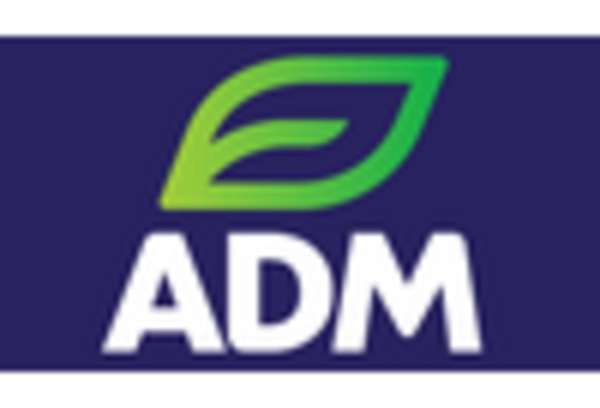
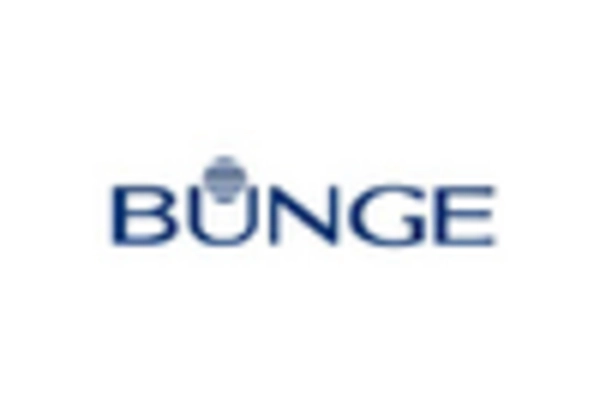
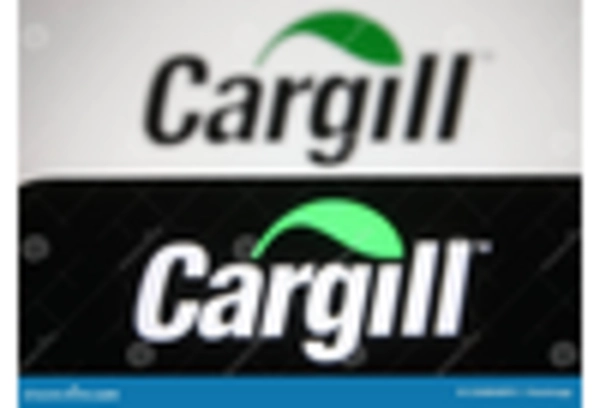

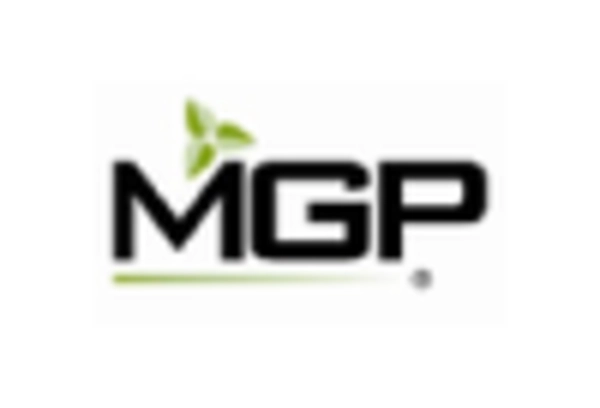
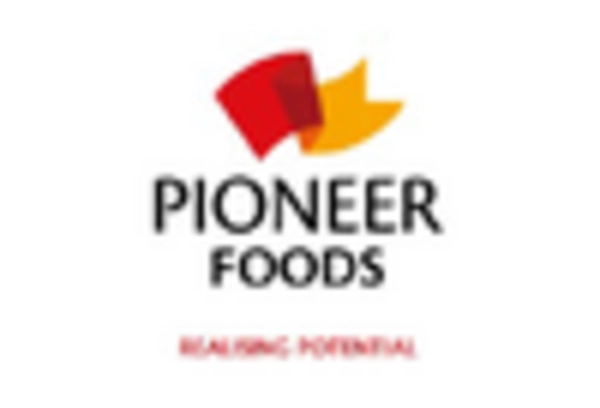








Leave a Comment